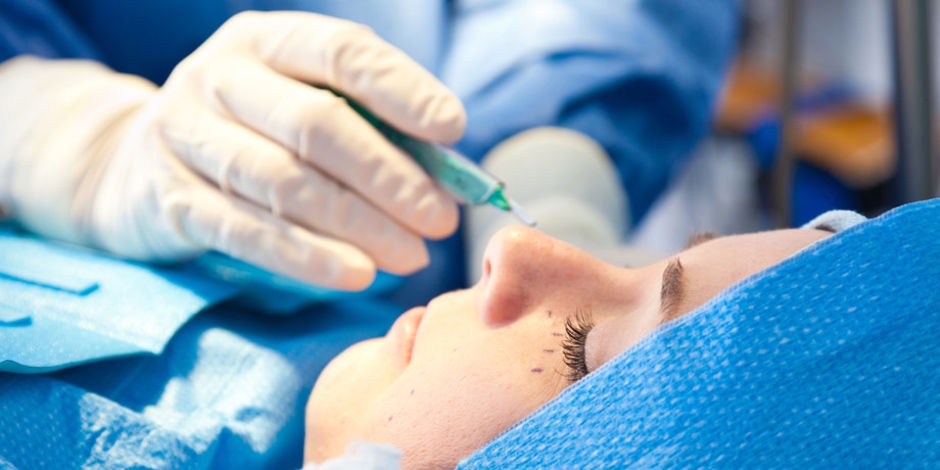In the world of plastic surgery, ensuring patient safety and comfort is paramount. One of the critical components of any surgical procedure is anaesthesia, and it plays a pivotal role in enhancing the patient's experience and surgical outcomes. For individuals seeking plastic surgery in Kochi, this guide, compiled by experts in the field, will delve into the various types of anaesthesia used in plastic surgery. We'll provide an in-depth analysis of each technique, offering you a comprehensive understanding of their applications, benefits, and potential considerations.
Local Anaesthesia: Precision Meets Safety
Local anaesthesia is a widely used method in plastic surgery. This technique involves injecting an anaesthetic solution into the specific area to be treated, resulting in the temporary loss of sensation in that area. The benefits of local anaesthesia include:
- Minimal Systemic Effects: Local anaesthesia minimizes the impact on the patient's overall physiology, reducing the risk of complications.
- Rapid Recovery: Patients typically recover faster post-surgery, as the anaesthesia's effects are localized.
- Precise Control: Surgeons have complete control over the treated area, ensuring accuracy and safety.
Regional Anaesthesia: Extending the Scope
For more extensive procedures, regional anaesthesia comes into play. It involves blocking a larger portion of the body, typically by numbing the nerves supplying that specific region. This technique offers several advantages:
- Reduced Pain: Regional anaesthesia can provide pain relief both during and after the surgery.
- Less General Anaesthesia: By reducing the need for general anaesthesia, the risks associated with it are minimized.
- Enhanced Recovery: Patients often experience a smoother recovery process, thanks to the reduced reliance on systemic anaesthesia.
General Anaesthesia: Total Sedation and Comfort
In some plastic surgery cases, general anaesthesia is necessary to ensure complete unconsciousness throughout the procedure. Here's what you should know:
- Unconsciousness: General anaesthesia induces a state of unconsciousness, ensuring the patient remains unaware and pain-free during the surgery.
- Controlled Breathing: The patient's breathing and vital signs are closely monitored by an anaesthesiologist throughout the procedure.
- Complex Procedures: General anaesthesia is typically used for more intricate and lengthy surgeries, ensuring the patient remains comfortable.
Sedation: Calm and Comfort
For less invasive procedures or patients with anxiety concerns, sedation offers a viable alternative. The key highlights of this technique include:
- Reduced Anxiety: Sedation provides relaxation and alleviates anxiety while allowing patients to remain conscious.
- Amnesia: Many patients experience partial or complete amnesia, sparing them from potentially distressing memories.
- Quick Recovery: Due to the milder effects, recovery after sedation is generally swift.
Combining Techniques: Tailored Solutions
In many plastic surgery cases, a combination of these anaesthesia techniques may be used to provide the best possible experience for the patient. This approach allows surgeons to address each patient's unique needs and the requirements of the specific procedure.
Conclusion
In the world of plastic surgery, anaesthesia techniques play a crucial role in ensuring patient safety, comfort, and optimal surgical outcomes. Each method has its unique advantages, making it essential for both surgeons and patients to understand their options fully. By providing this comprehensive guide, we aim to equip you with the knowledge needed to make informed decisions regarding the anaesthesia approach for your upcoming plastic surgery procedure. Your safety and satisfaction are our top priorities.


No comments yet